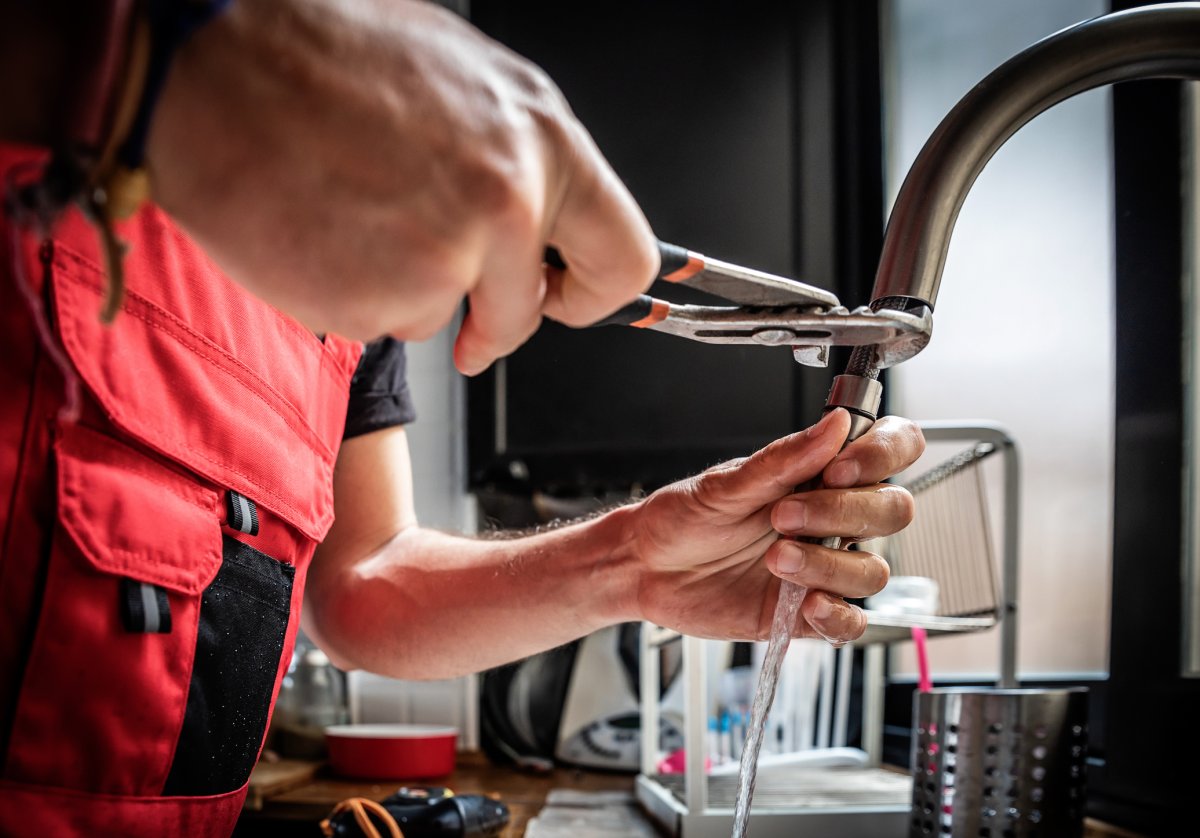We may earn revenue from the products available on this page and participate in affiliate programs. Learn More ›
If you faced major home repairs during 2023, you’re not alone. According to Hippo’s Annual Housepower Report, it was a tough year for homeowners. Of the 1,002 homeowners who responded to the survey, 46 percent faced at least one unexpected home expense and nearly one-third would recommend being proactive with home maintenance tasks and budgeting for the unknown. Perhaps now is the time to take their advice and make sure you’re prepared.
The following are the main issues those homeowners faced last year, as well as what you can do to avoid these same problems.
1. Broken Appliances
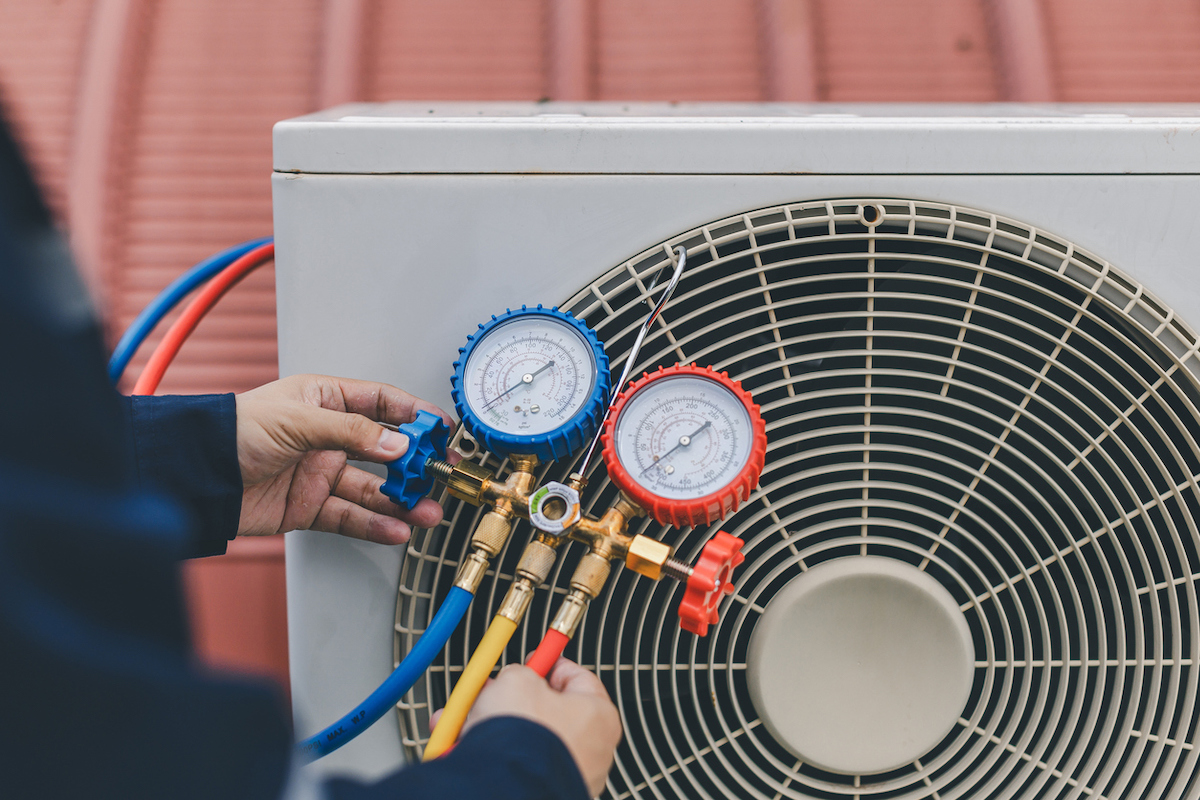
Nearly one out of every three survey respondents (31 percent) dealt with broken appliances in 2023. Regardless of whether these homeowners needed to replace or repair their appliances, they were faced with a big hit to their budgets. While respondents experienced issues with a range of appliances, the top three types that needed attention were HVAC systems, washers and dryers, and water heaters.
If you want to decrease the odds that a major appliance will stop working, now is the time to change any bad habits that are killing your home appliances. Make sure you aren’t placing unnecessary stress on your washer or dryer by overloading them, empty the lint trap in the dryer between loads, promptly clean up spills in the oven to avoid damaging the heating coils, and stop using hot water when you run the garbage disposal. Avoiding these common laundry and kitchen appliance mistakes will go a long way towards keeping them running longer.
2. Water Damage
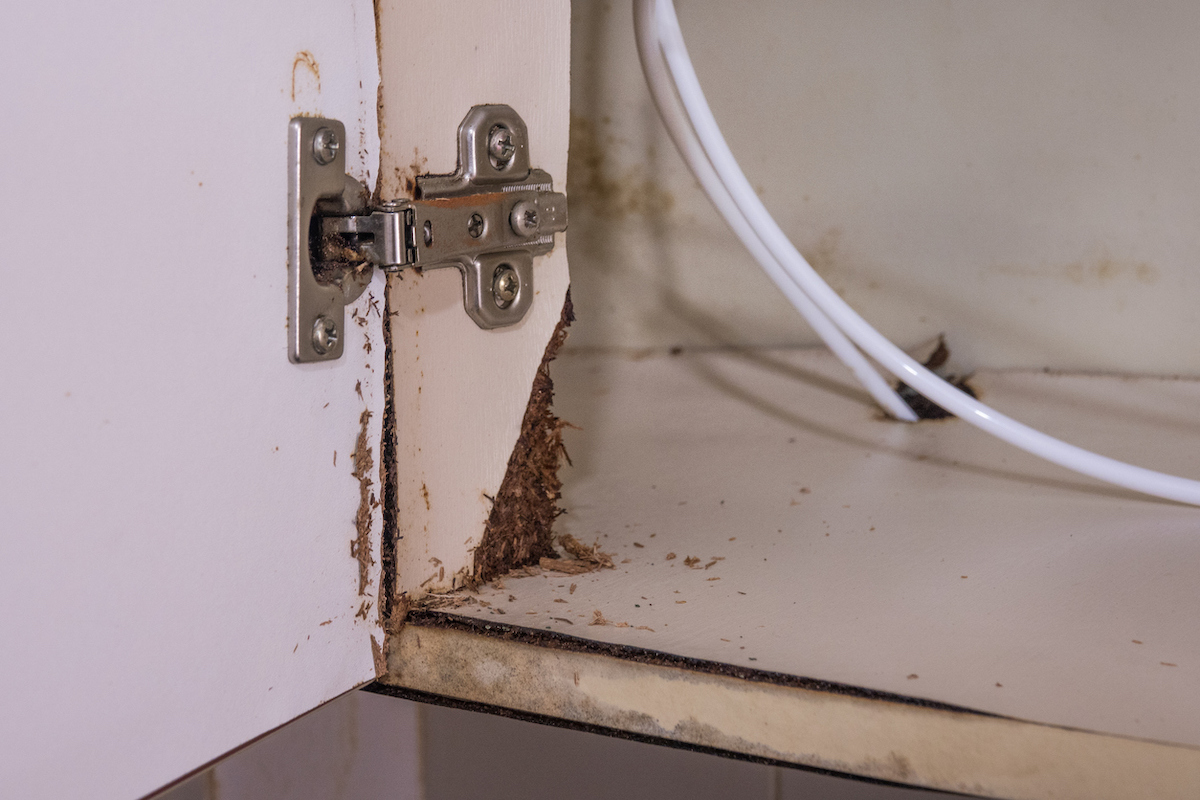
About one quarter of respondents’ homes were damaged by water, according to Hippo’s survey. Water damage can be a serious issue, resulting in costly repairs and potentially threatening the health of those in the home. And, possibly even worse, water damage can hide in the home, allowing the issues to become more extreme without you even realizing that anything is wrong.
Avoid these issues by taking some proactive measures to protect your home against water damage. A few tasks to tackle include cleaning your gutters and downspouts, inspecting the flooring and ceiling around plumbing fixtures, keeping your home’s water pressure under 80 PSI with a pressure regulator (if needed), and placing water leak detectors in your kitchen and near your hot water heater.
3. Roof Damage
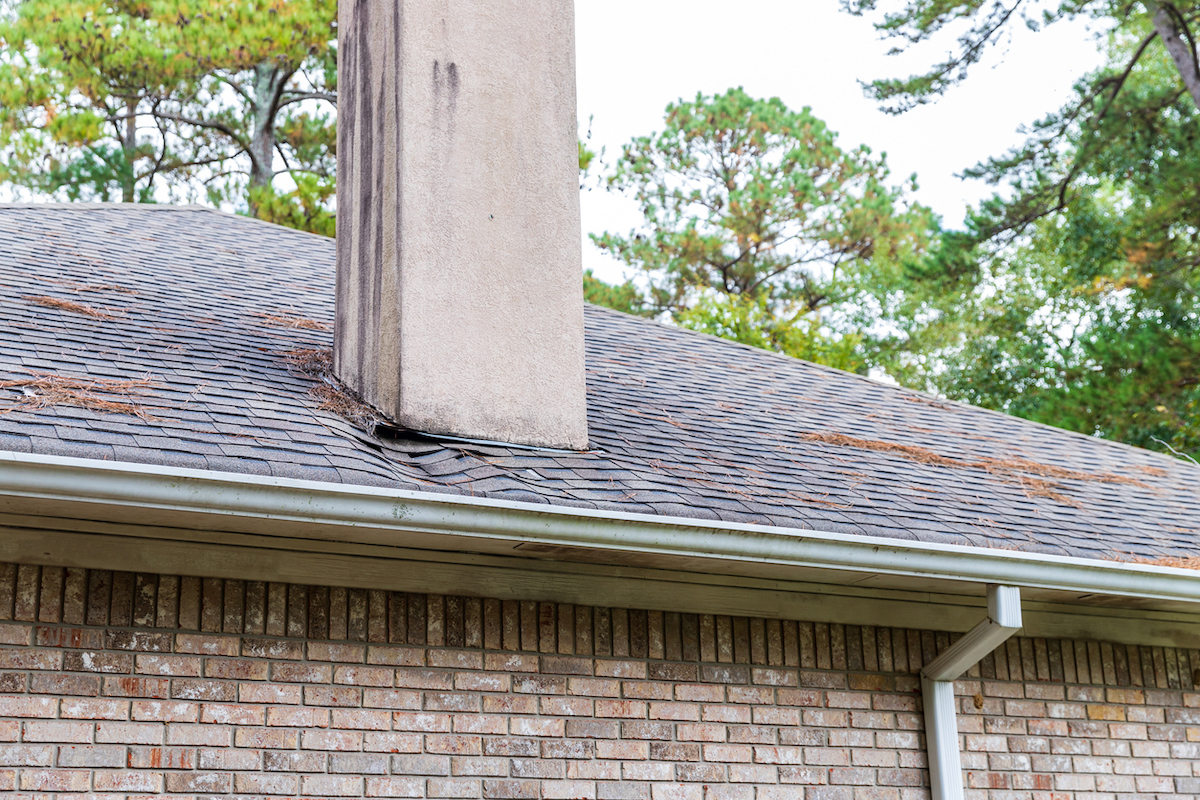
“One of the most immediate problems stemming from roof damage is water intrusion,” shares Brendan Anderson, the founder of Brix Systems Roofing in Kalispell, Montana. He explains that this can “lead to significant issues like mold growth, damage to insulation, ceiling and wall stains, and even structural weakening.” Unfortunately, 20 percent of survey respondents reported that they dealt with some sort of roof damage in 2023.
A roof doesn’t last forever, but if you can take steps to minimize damage to your roofing materials, you can help extend its lifespan. Anderson recommends regularly clearing debris from the roof and gutters, trimming back overhanging trees, ensuring the attic is properly ventilated and insulated, and hiring a professional to inspect the roof at least twice a year. He also says “If you notice any signs of damage, however minor, it’s important to address them immediately. Delaying repairs can lead to more extensive damage and higher repair costs.”
4. Pest-Related Damage
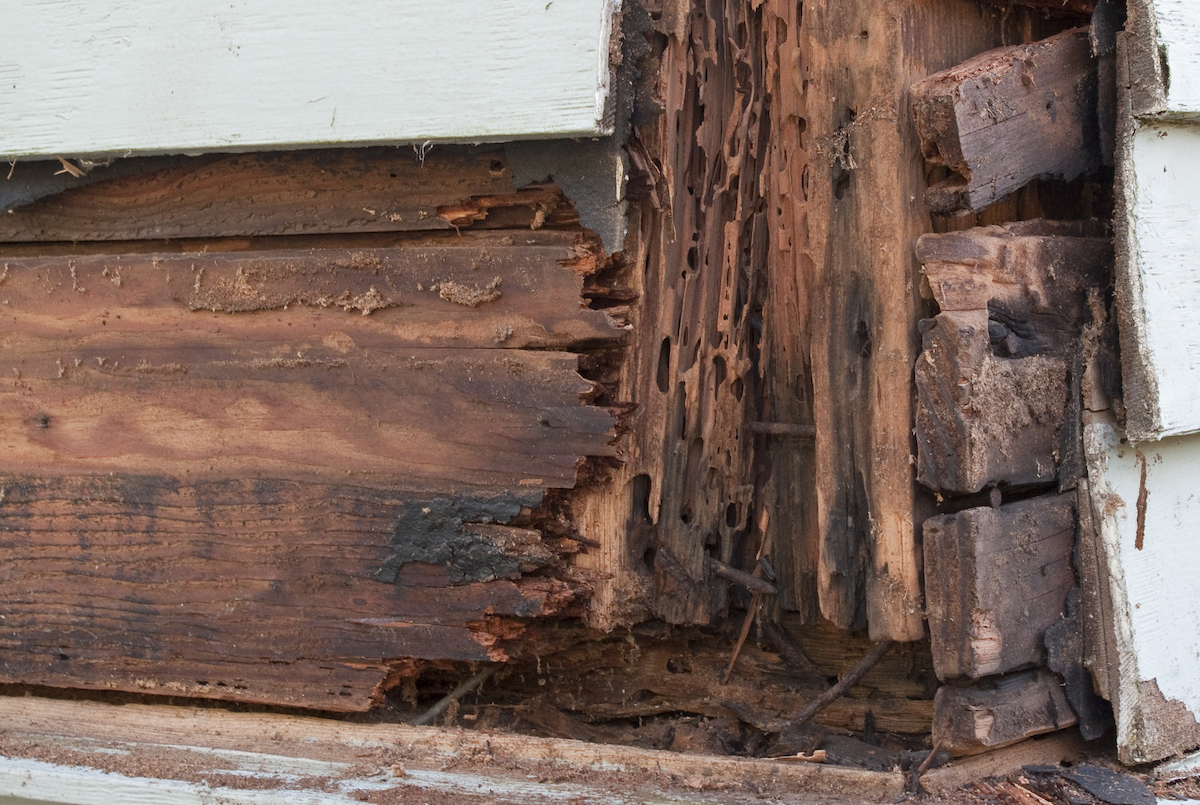
Nearly 1 in 5 homeowners reported dealing with pest-related damage last year. While there are many natural pest-control strategies you can implement on your own, the peace of mind that comes with hiring a pest control service can be worth the investment. As James Agardy, ACE, and technical and training manager at Viking Pest Control explains, “Your home is your biggest investment and it’s important to safeguard it.”
Several pests can cause damage to a home. A few of these include carpenter ants, mice, squirrels, cockroaches, and bees. However, termites are one of the most costly pests, according to Agardy. He says: “If left unchecked, they can cause extensive structural damage that in some cases has even led to the structure collapsing. On average, termites cause over $5 billion annually, with the average cost of repairs coming in at around $3,000.”
While getting rid of termites is a job for a professional, Agardy explains that homeowners can take steps to prevent termites from infesting their homes. “Focus should be placed on eliminating conditions favorable to termite activity, eliminating excess moisture being chief among them,” he explains. He recommends routing downspouts away from the home, using dehumidifiers to decrease the moisture content in damp basements, regrading the yard to prevent moisture from pooling near the foundation, storing wood away from the home, and making sure potential food sources are eliminated.
5. Structural Damage
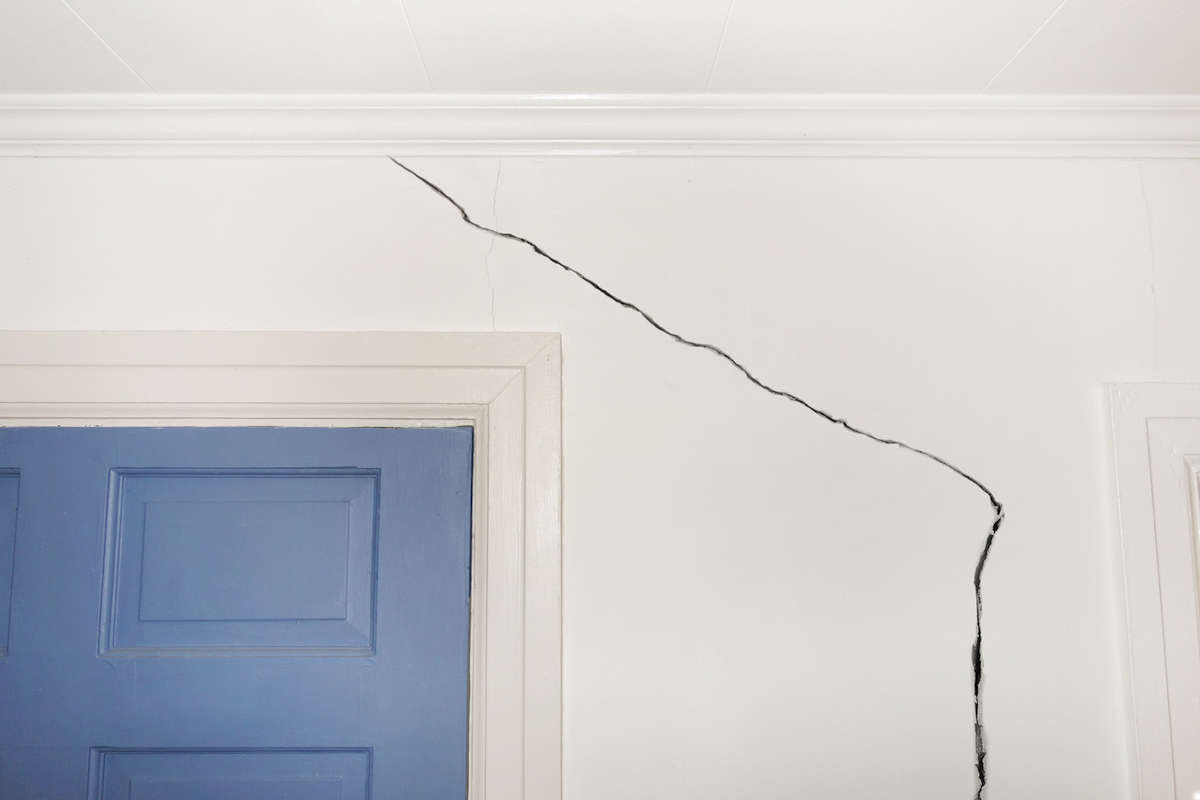
Structural damage is something no homeowner wants to deal with. Unfortunately, 15 percent of the respondents to Hippo’s survey reported that they were faced with this major issue. Structural damage has an adverse impact on the integrity of a building, and can make it unsafe due to the threat of collapse. It will require immediate attention and repair. Various issues with the home’s roof, interior and exterior load-bearing walls, and foundation can all be categorized as structural damage, depending on their severity.
To avoid structural damage, maintenance is key. You will need to monitor the condition of your home and address any issues you see with the walls, siding, walls, doors, or roof. If any materials appear to be rotting or otherwise damaged, promptly contact a professional before smaller issues turn into larger problems.
6. Mold

Mold is a four-letter word. Finding out that there is mold growing in your home can send shivers down your spine because of the adverse health effects that it can cause. Last year, 14 percent of survey respondents reported that they had to deal with a mold issue in their home. In most cases, hiring a professional mold removal company will be the best and safest choice to ensure all the spores are fully remediated.
Of course, professional mold remediation is not cheap. If you’ve been making any mistakes that could be causing mold to grow, now is the time to change your behavior. Address all leaks—even small ones—immediately. Leave the bathroom fan running for at least 20 minutes after showering, sop up spills promptly, make sure your appliances are vented to the home’s exterior, and run a dehumidifier in the basement, laundry room, and any other rooms with high humidity levels.
7. Foundational Damage
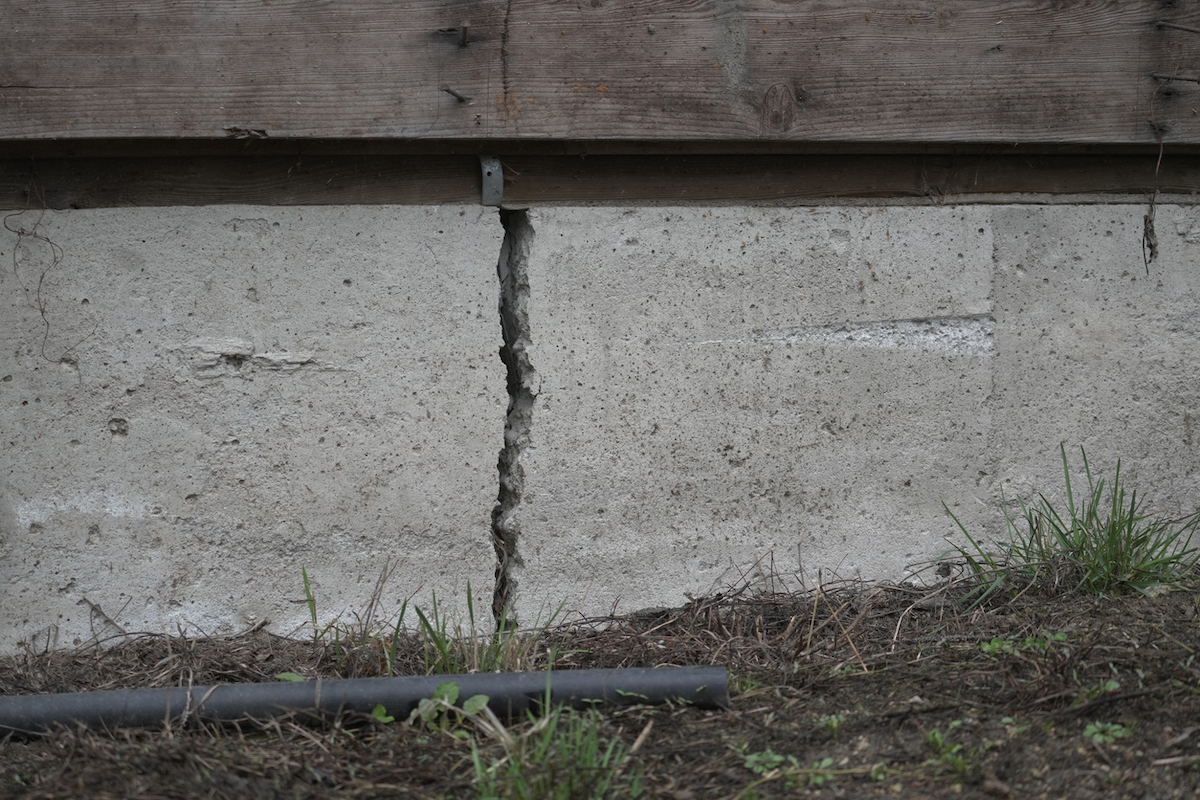
Foundation repair is not cheap. In fact, the national average cost to repair a home’s foundation is right around $5,000. According to Hippo’s Annual Housepower Report, 12 percent of homeowners were faced with this daunting and costly repair.
Inspecting your home’s foundation regularly can help you catch minor issues and address them before they turn into a more serious concern. Knowing when to repair a foundation crack is a good starting point. Generally speaking, hairline cracks and even slightly wider cracks that are still under ⅛-inch wide are just a normal result of a home settling and not something to panic over. If these cracks expand in width, or you notice any wider cracks in the foundation, it will be time to contact a professional to investigate the cause.
8. Fire Damage
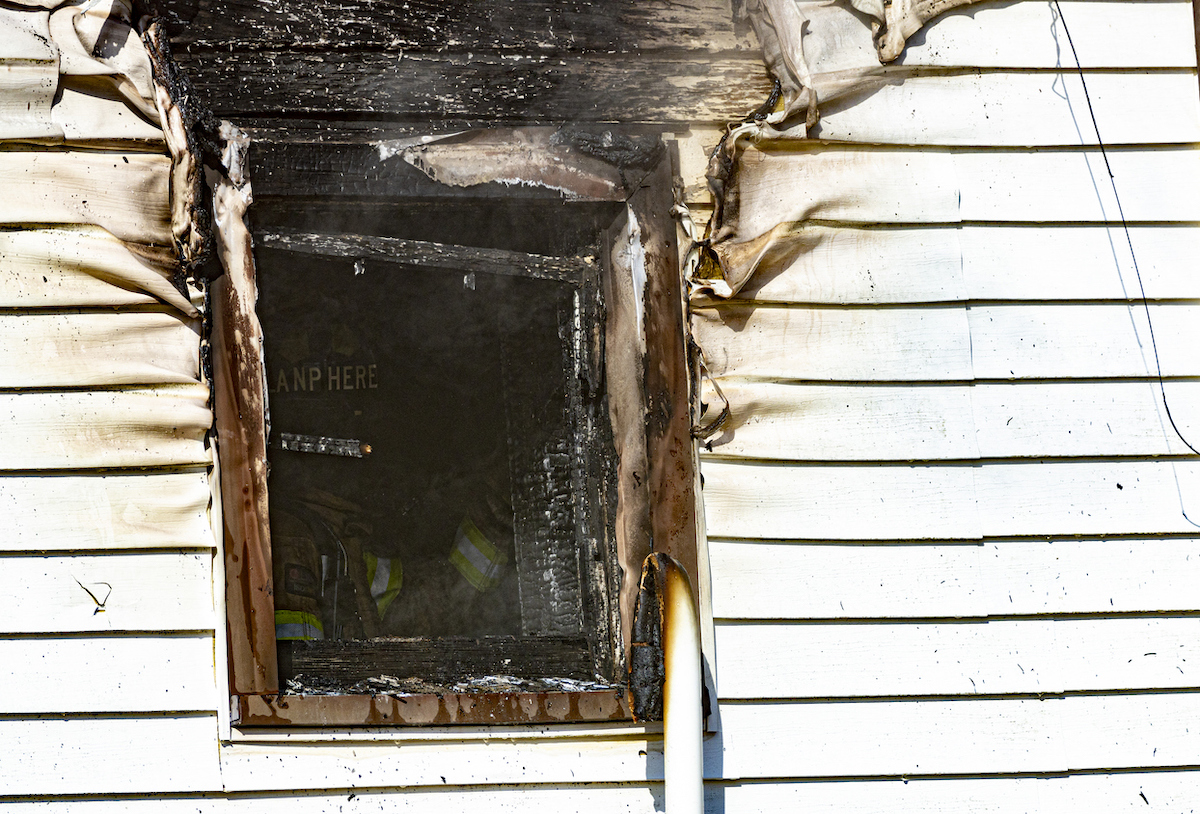
According to the National Fire Protection Association, there are more than 350,000 home fires every year, a truly devastating statistic. Unfortunately, 11 percent of respondents to Hippo’s survey shared that their homes were damaged by fire in 2023.
Fortunately, many house fires are preventable. Some ways to help avoid fire include keeping space heaters away from furniture and other flammable items, installing a glass door or spark screen in front of your fireplace, keeping the grill away from the side of the house, deck rails, and trees, hiring a licensed electrician to check your home’s wiring, staying in the kitchen to monitor foods as they cook, and keeping your home as a smoke-free zone.

